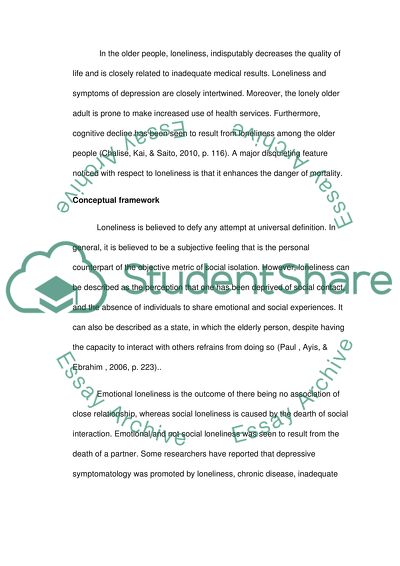Cite this document
(“Loneliness in old Age Term Paper Example | Topics and Well Written Essays - 3750 words”, n.d.)
Retrieved de https://studentshare.org/sociology/1392580-loneliness-in-old-age
Retrieved de https://studentshare.org/sociology/1392580-loneliness-in-old-age
(Loneliness in Old Age Term Paper Example | Topics and Well Written Essays - 3750 Words)
https://studentshare.org/sociology/1392580-loneliness-in-old-age.
https://studentshare.org/sociology/1392580-loneliness-in-old-age.
“Loneliness in Old Age Term Paper Example | Topics and Well Written Essays - 3750 Words”, n.d. https://studentshare.org/sociology/1392580-loneliness-in-old-age.


